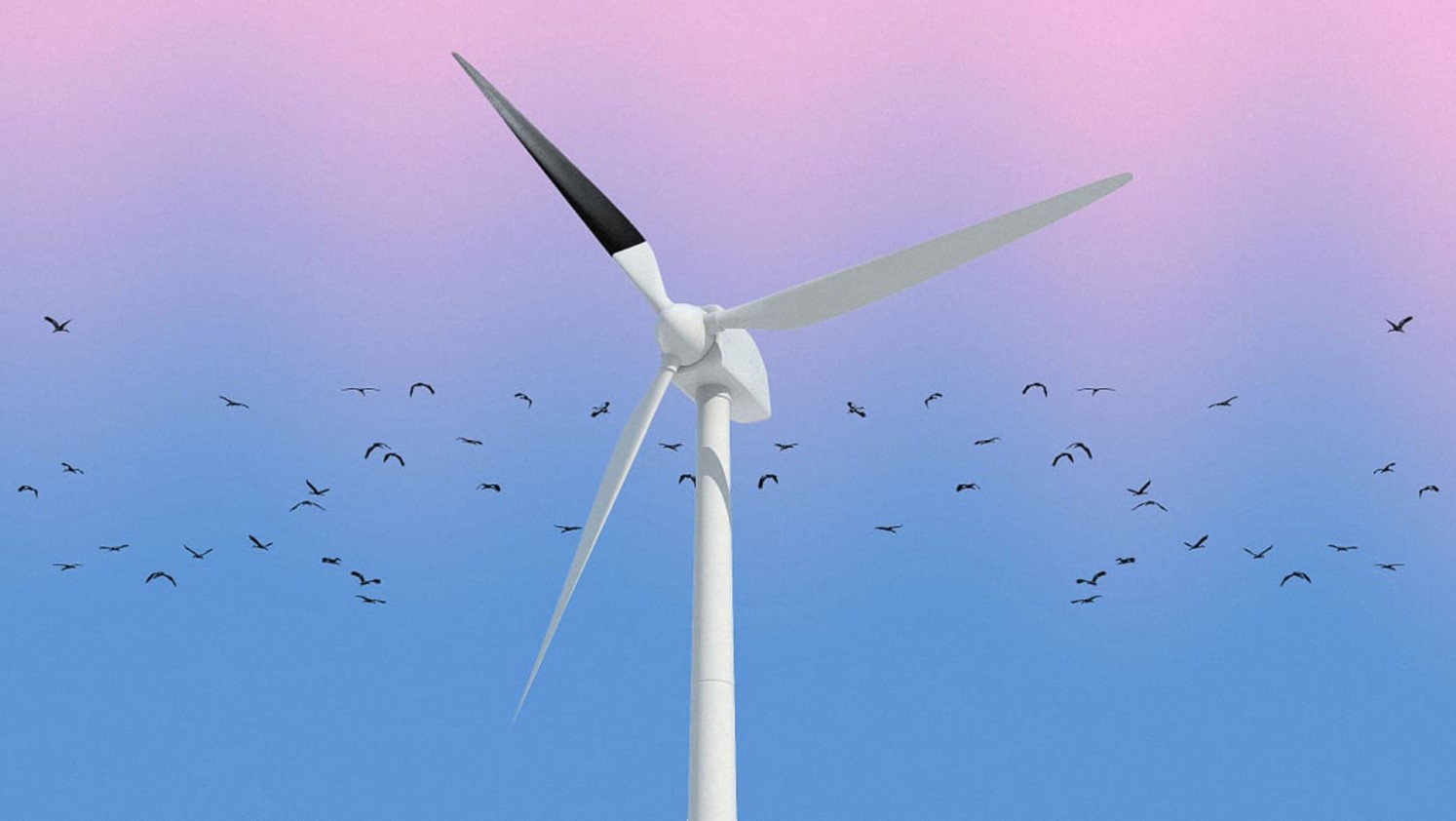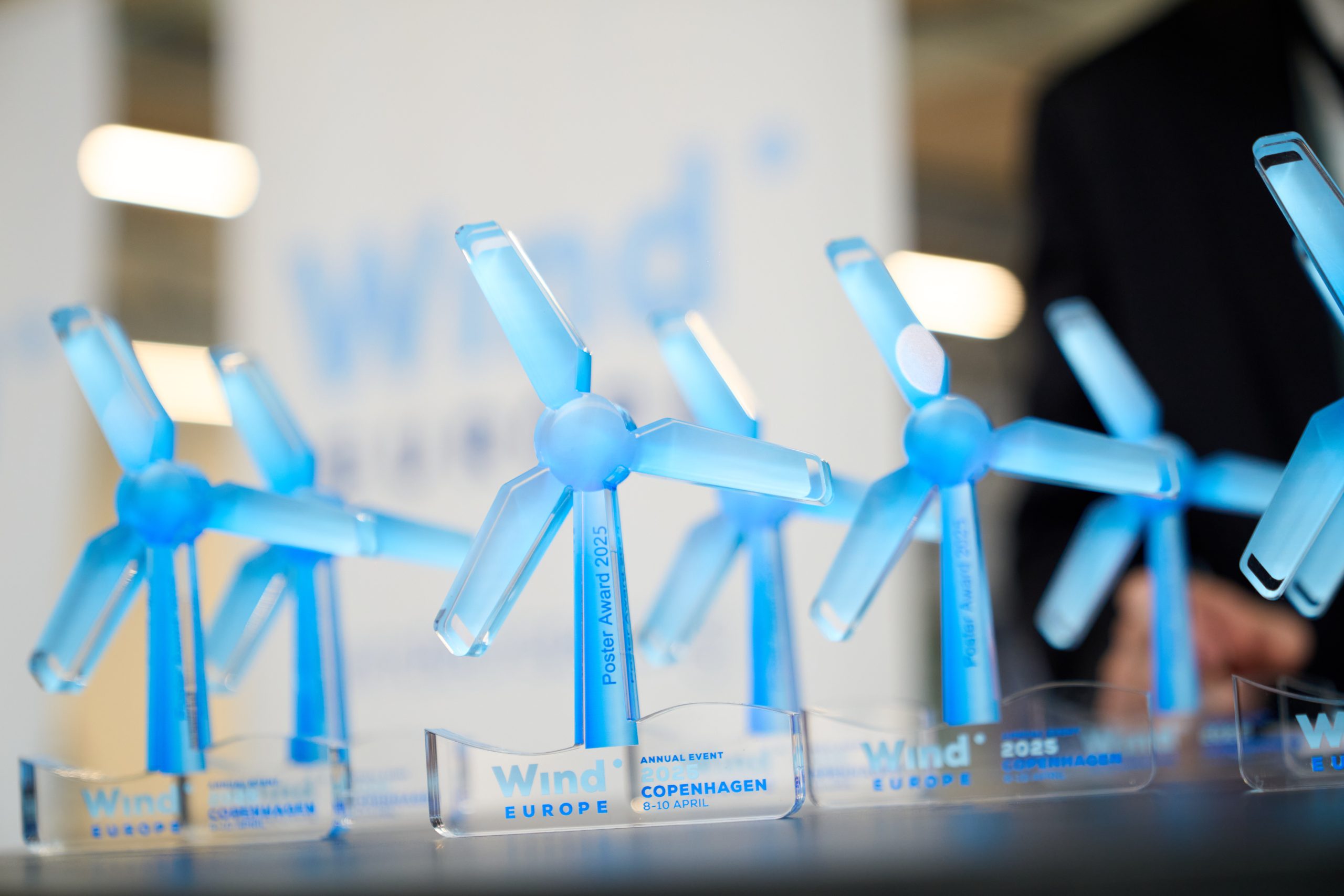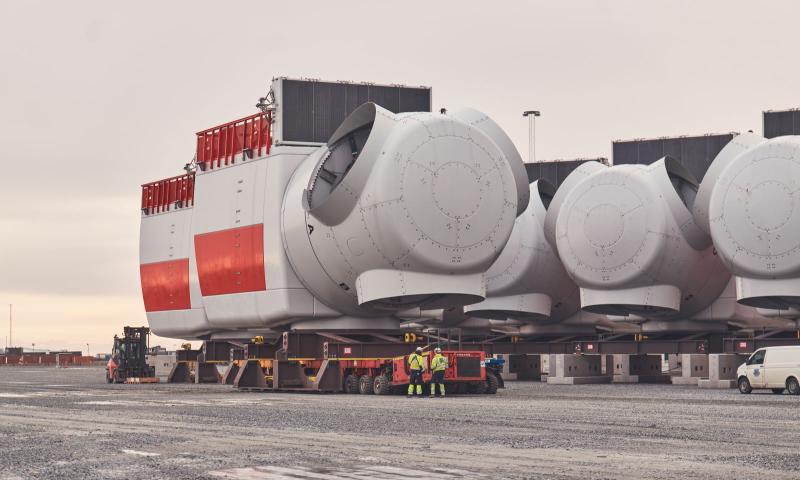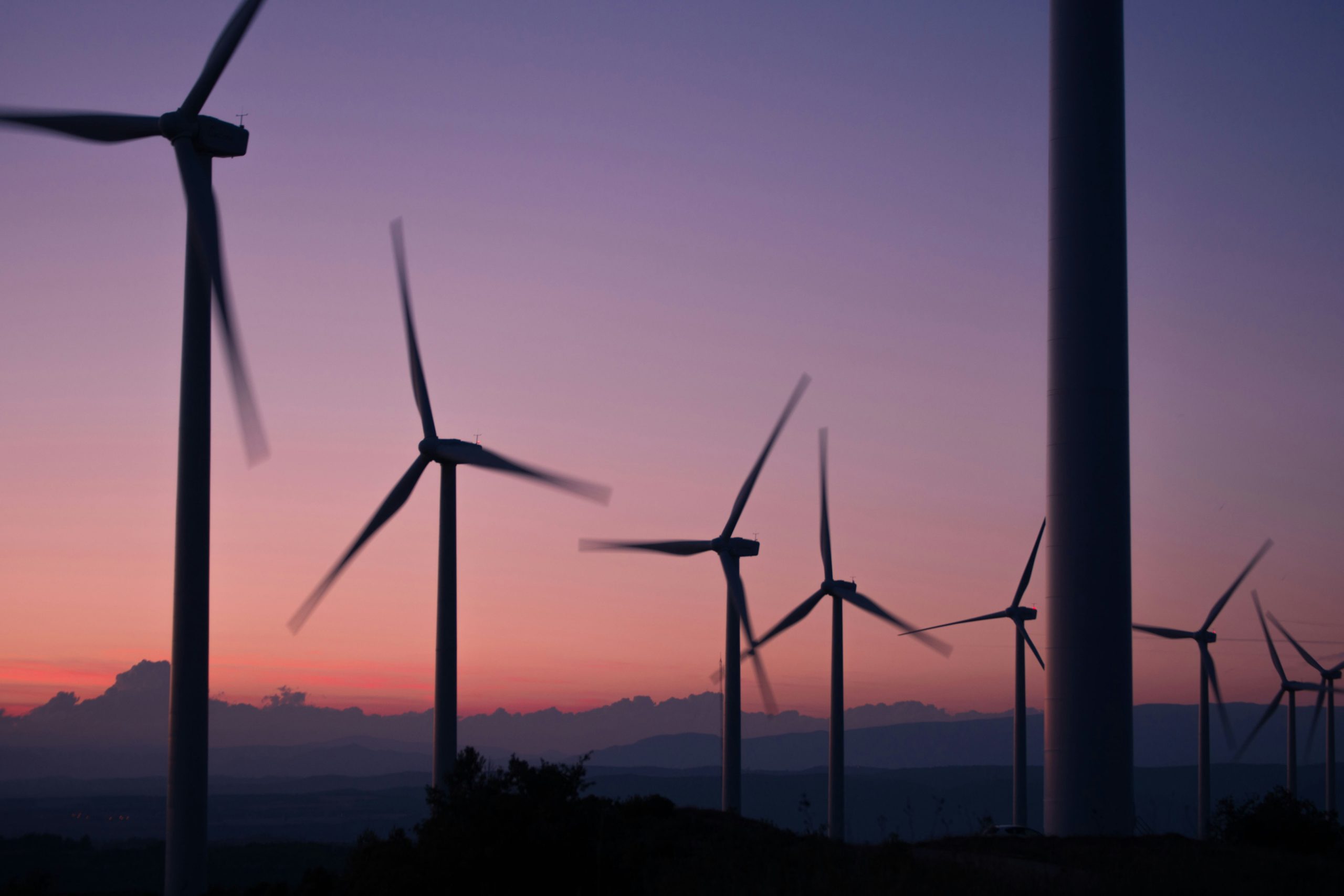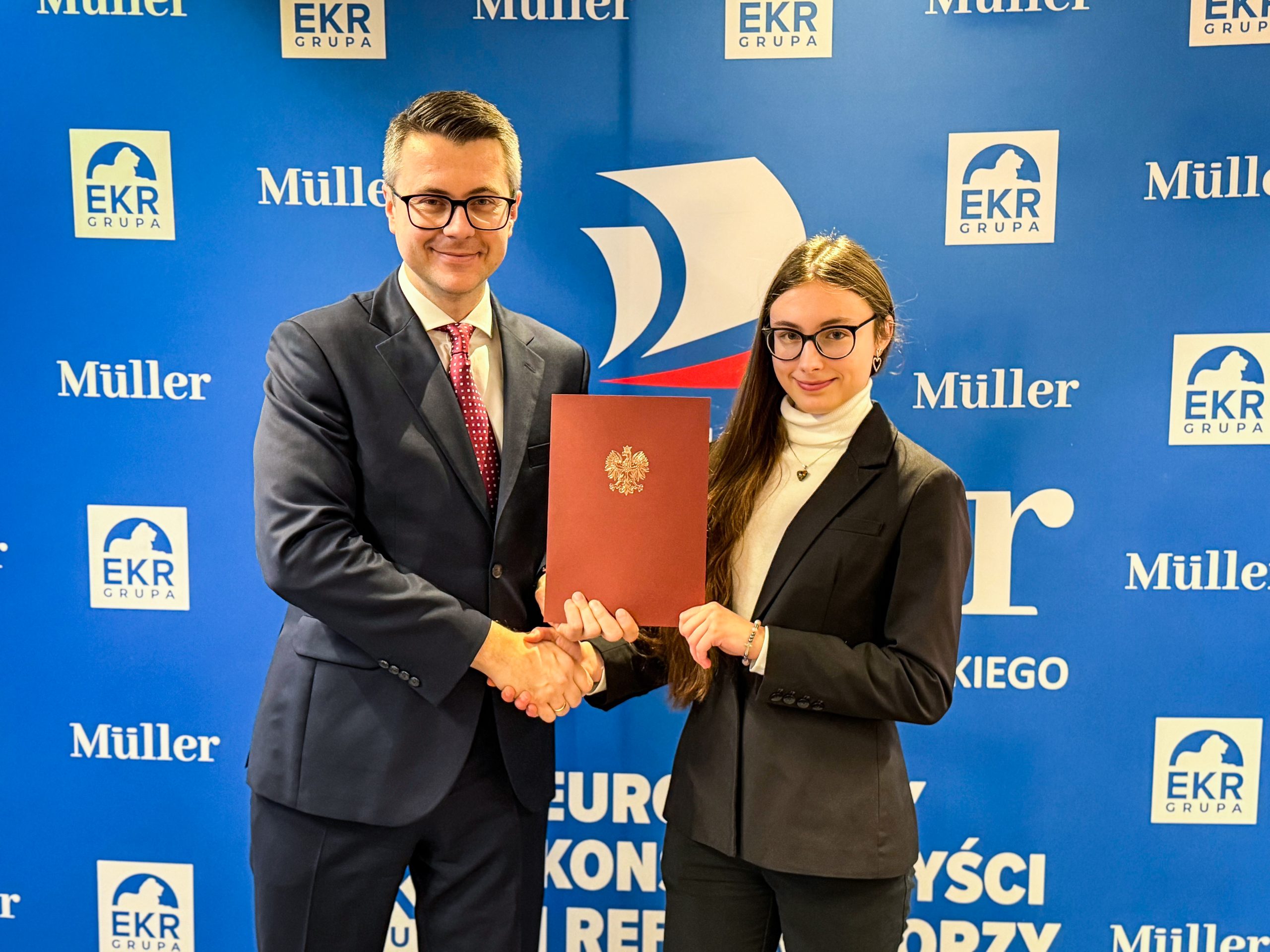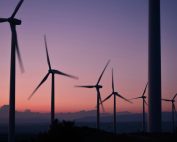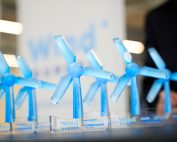AI, cameras, radars, data tracking software and risk modelling can help not only to detect damages on blades, but also to reduce bird deaths on the offshore wind farms.
While renewable energy brings enormous benefits to the climate, birds deaths resulting from collisions with blades of wind turbines remain a concern among environmentalists.
“The rapid spread of wind power will see millions of birds killed each year, but this still pales in comparison with deaths from other hazards,” Energy Monitor commented on its website last year.
Still, the issue is being tackled by regulations and offshore developers themselves. To deter birds from wind turbines, they apply color painting of blades. According to a study from last year, financed by Vattenfall and group of Norwegian partners on the Smola island, painting one blade of a wind turbine black resulted in 70% fewer bird deaths, as it makes merging the rotating blades into one image less likely.
Moreover, new monitoring technologies based on artificial intelligence and cameras are being applied by wind farms operators, with even more innovative solutions being developed by tech companies and scientists. Once monitoring systems detect a risk; for example, a given bird species flying nearby, they reduce speed of wind turbines or pause their work altogether. Large offshore wind farms may use radars instead of cameras for more detailed monitoring and risk tracking.
Wind farms operators are also using data tracking software to check, how many birds are still colliding with blades on the farm and if preventive measures are working or not. On the other hand, a collision may cause a damage to a blade, which in turn can be detected by a remote blade monitoring system such as the one offered by Sensoria. The system may determine the location and severity of damage and help lead to appropriate decision-making.
An interesting tool was developed by Dr Megan Murgatryd and her team from Hawkwatch International to protect South Africa’s Verreaux ‘s eagles, as reported back in June 2021 by BBC. The team created a risk mapping model based on data collected from GPS devices fitted to approximately dozen of eagles, which indicated their nesting locations. The software is being now used by some wind farms developers in South Africa.
